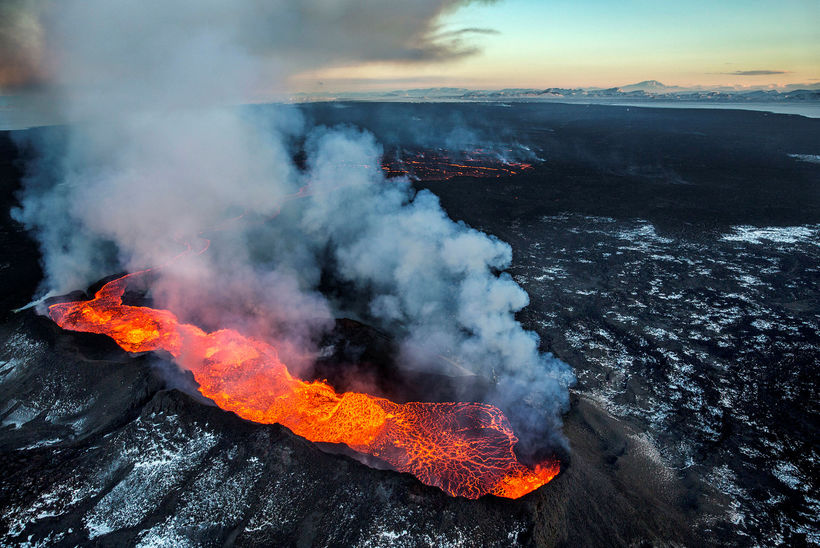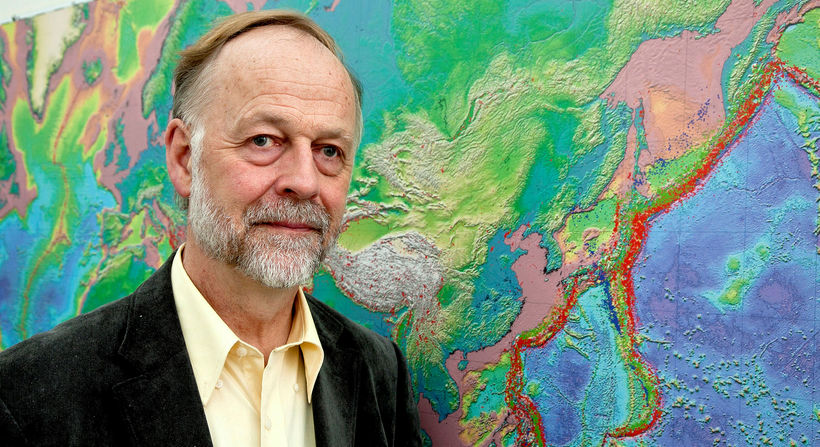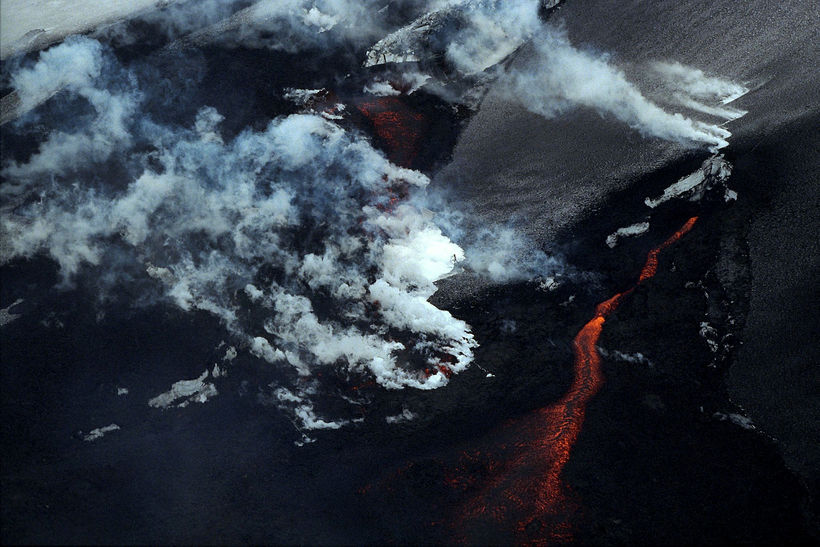Iceland's volcanoes may be getting ready to blow
"There has been increased pressure in both Bárðarbunga and Grímsvötn after the last eruptions, in both volcanoes, " says Einarsson. Both of these volcanoes are underneath Vatnajökull glacier and are both recharging and most probably preparing for the next chapter in volcanic activity.
The volcanic eruption in Holuhraun, which originated in the Bárðarbunga stratovolcano in 2014-2015 was considerably large. So was the eruption in Grímsvötn volcano in 2011 which was unusually large, the largest seen for decades.
Hekla, Iceland's most famous volcano, is also experiencing mounting pressure since its eruption in the year 2000.
"It would come as a surprise to no one if Hekla blows soon. It could also drag on for a while. We don't know how long volcanoes can endure expansion of gases without this coming to an eruption," says Einarsson.
Another volcano also undergoing expansion is Öræfajökull, a part of Vatnajökull, where Iceland's highest peak, Hvannadalshnjúkur is located. Measurements confirm this expansion which is accompanied by earthquakes. The edges of the Öræfajökull crater are at an altitude of 1800 metres. This volcano has erupted twice in recorded time, the first time in 1362 and the second in 1727. The former eruption caused a lot of damage and made the farmland of Litla Hérað into a lava desert.
There are two recent examples of increase in gas pressure not leading to eruption. The former was at Hrómundartindur, east of Hengill in South Iceland, not far from Reykjavik. The area underwent increased pressure between 1994- 1998 accompanied by earthquakes. Suddenly this expansion of pressure came to a halt.
The latter example was at Upptyppingar between 2007 and 2008 where pressure mounted for a year and suddenly stopped.
The recent sulphuric odours that have been detected at Jökulsá á Fjöllum, a glacial river which originates in Vatnajökull, is because of geothermal activity in Kverkfjöll when underlying hot springs are dispersing excess water, he believes.





/frimg/1/38/77/1387784.jpg)





